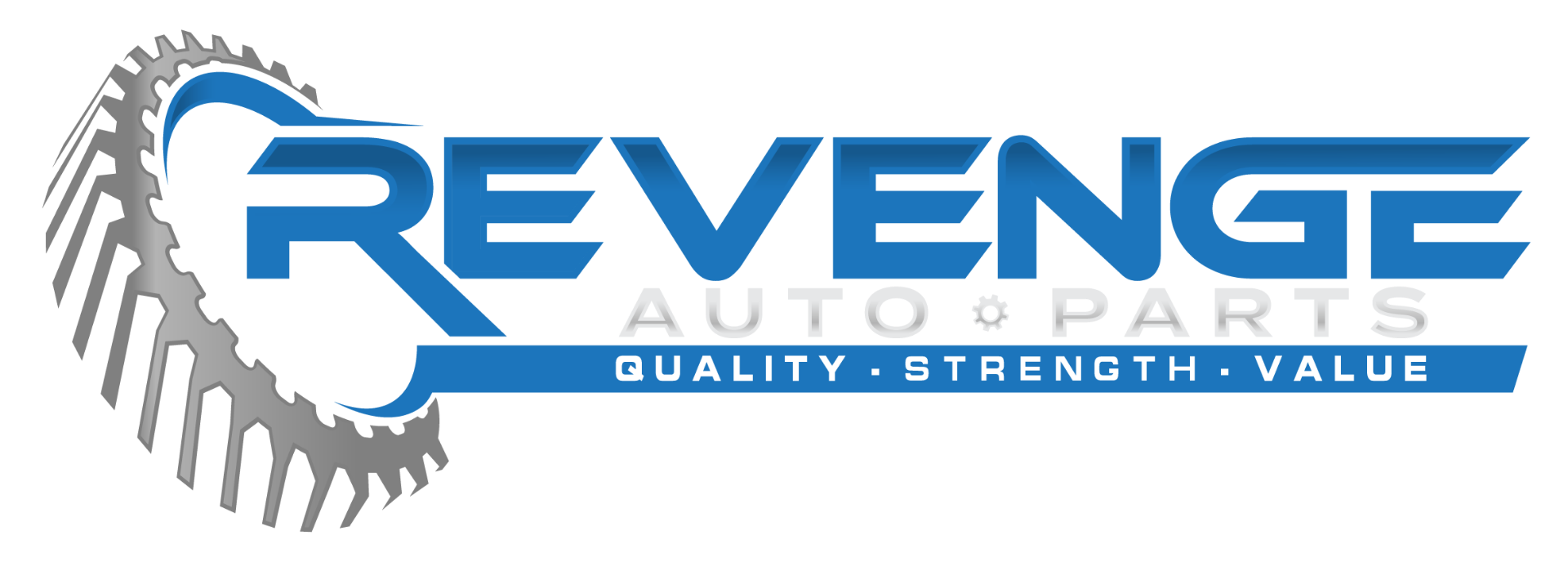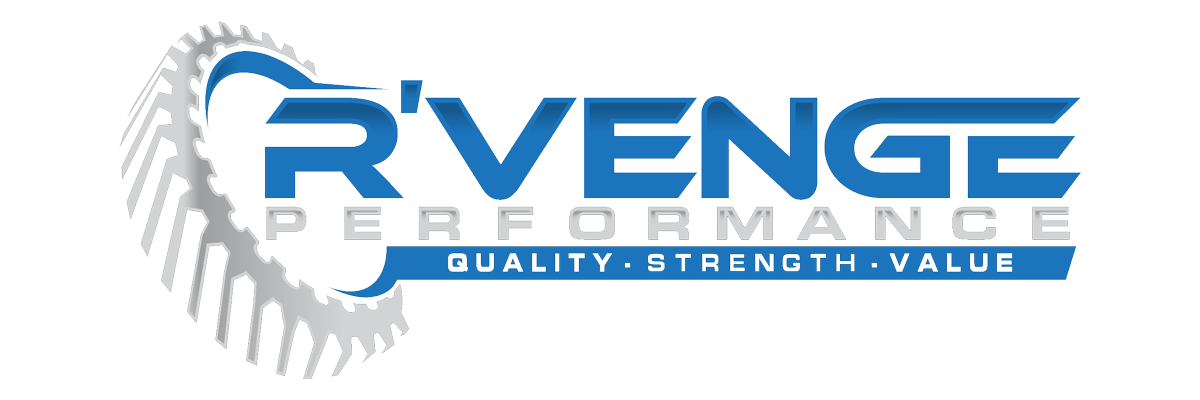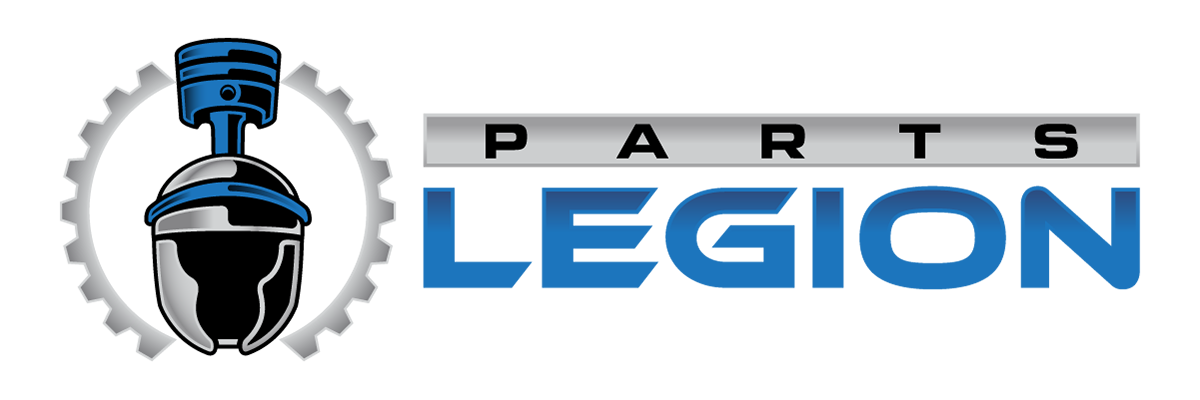The most critical factor for a good performing and long lasting transmission in any car is a clutch that releases completely. A dragging clutch will cause the transmission to feel notchy, block you out of gear, and wear your transmission extremely rapidly.
When the clutch drags the synchronizers are attempting to slow or speed up the entire engine to match the shaft speeds. Rather than just the inertial of the input shaft and clutch disc the synchros are fighting the entire engine and they cannot cope with this.
If the car is driven with a dragging clutch and forced into gear the synchros can be rapidly worn to nothing and the transmission will begin grinding.
If you are having issues with shifting one of the first things to do is check for a dragging clutch. The easiest way to do this is to find a safe place with nothing in front of you, place the car in 1st gear with the clutch fully depressed, and bring the engine up to redline. If the car tries to move forward at all before the rev limit then your clutch is dragging and it should be addressed. If you know of a shop with a lift that will safely test this for you that is another option. The wheels should not rotate with the clutch pedal depressed fully even if all 4 are off the ground.
Clutch drag can be caused by hydraulic issues, physical problems with anything in the clutch assembly, or simply a poorly adjusted pedal.
It is important to have some clutch pedal free play to prevent clutch slip, but it should not be excessive. A common target is .5″ to .75″ of clutch pedal free play. Please view the attached video for a general idea of the process and what to look for.
Please do not drive a fresh transmission without adjusting the pedal first. When changing any part of the clutch system or the transmission the pedal may need adjusting.








